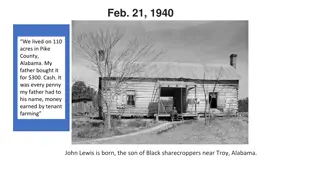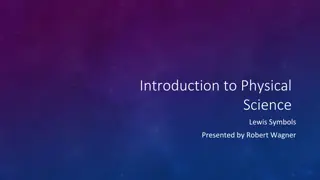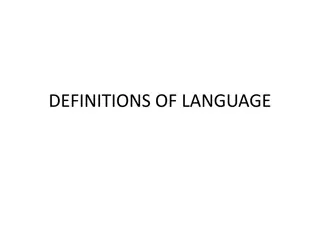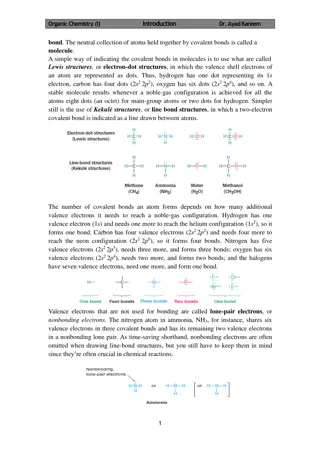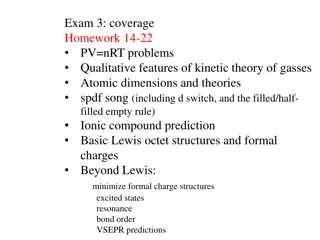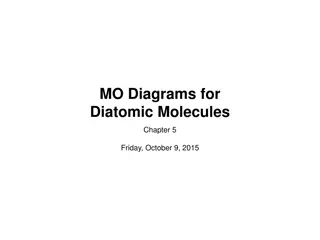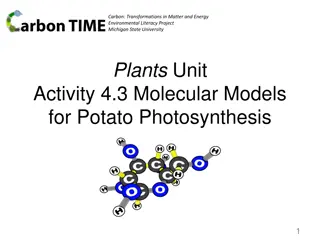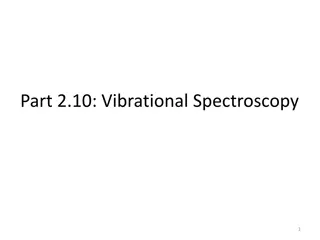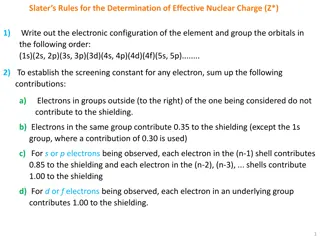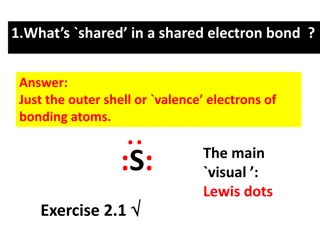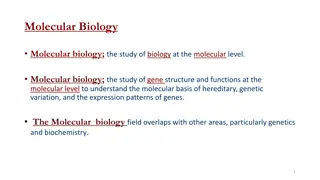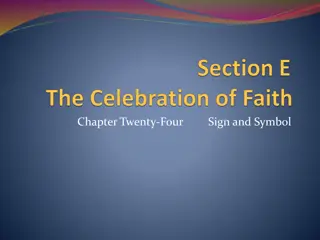Understand Molecular Structures with Lewis Dot Symbols
Explore the world of molecular structures with Lewis dot symbols in this chemistry unit. Learn about valence electrons, covalent bonding, and the HONC 1234 rule through engaging activities and discussions. Create accurate structural formulas and describe bonding in molecular substances. Get ready to work in groups, diagram valence electrons, and understand covalent bonds and lone pairs in molecules.
Download Presentation

Please find below an Image/Link to download the presentation.
The content on the website is provided AS IS for your information and personal use only. It may not be sold, licensed, or shared on other websites without obtaining consent from the author.If you encounter any issues during the download, it is possible that the publisher has removed the file from their server.
You are allowed to download the files provided on this website for personal or commercial use, subject to the condition that they are used lawfully. All files are the property of their respective owners.
The content on the website is provided AS IS for your information and personal use only. It may not be sold, licensed, or shared on other websites without obtaining consent from the author.
E N D
Presentation Transcript
Living By Chemistry SECOND EDITION Unit 2: SMELLS Molecular Structure and Properties
Lesson 31: Connect the Dots Lewis Dot Symbols
ChemCatalyst These diagrams are called Lewis dot symbols. 1. What is the relationship between the number of dots, the number of valence electrons, and the HONC 1234 rule? 2. Create a Lewis dot symbol for fluorine, F. How many bonds will fluorine make?
Key Question How does one atom bond to another in a molecule?
You will be able to: create accurate structural formulas using Lewis dot symbols describe the type of bonding found in molecular substances explain the chemistry behind the HONC 1234 rule
Prepare for the Activity Work in groups of four. Lewis dot symbol: A diagram that uses dots to show the valence electrons of a single atom.
Prepare for the Activity (cont.) Each puzzle piece contains the correct number of valence electrons for that atom. It also contains the appropriate number of tabs for bonding.
Discussion Notes You can use Lewis dot symbols to create Lewis dot structures. Lewis dot structure: A diagram that uses dots to show the valence electrons of a molecule.
Discussion Notes (cont.) A covalent bond is the sharing of a pair of electrons between two nonmetal atoms. Bonded pair: A pair of electrons that are shared in a covalent bond between two atoms.
Discussion Notes (cont.) Some valence electrons are not involved in bonding. Lone pair: A pair of valence electrons not involved in bonding within a molecule. The two electrons belong to one atom.
Wrap Up How does one atom bond to another in a molecule? A covalent bond is a bond in which two atoms share a pair of valence electrons. Lewis dot symbols show the valence electrons in an atom and are used to predict bonding in a molecule.
Wrap Up (cont.) In a Lewis dot structure, a pair of electrons that are shared in a covalent bond is called a bonded pair. Pairs of electrons that are not involved in bonding and belong to one atom are referred to as lone pairs. The HONC 1234 rule indicates how many electrons are available for bonding in atoms of hydrogen, oxygen, nitrogen, and carbon.
Check-In The molecular formula C4H10O has seven different isomers. Draw the structural formula of one of them. You can use your puzzle pieces to assist you.
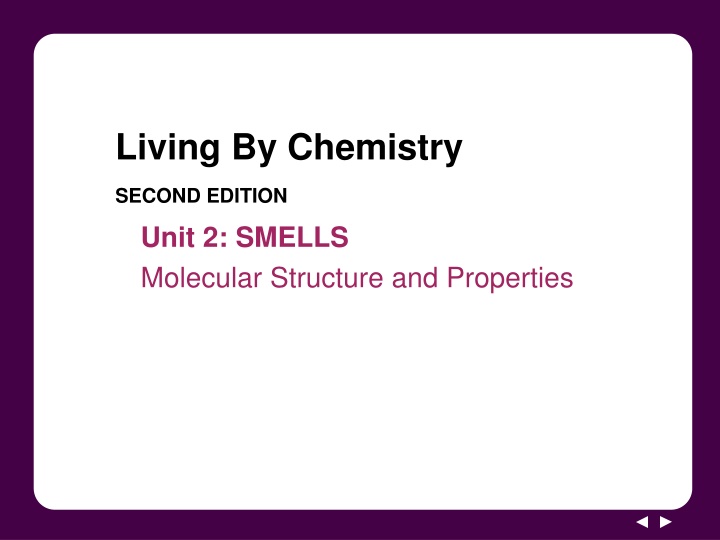

![[PDF⚡READ❤ONLINE] Planet Mercury: From Pale Pink Dot to Dynamic World (Springer](/thumb/21549/pdf-read-online-planet-mercury-from-pale-pink-dot-to-dynamic-world-springer.jpg)
